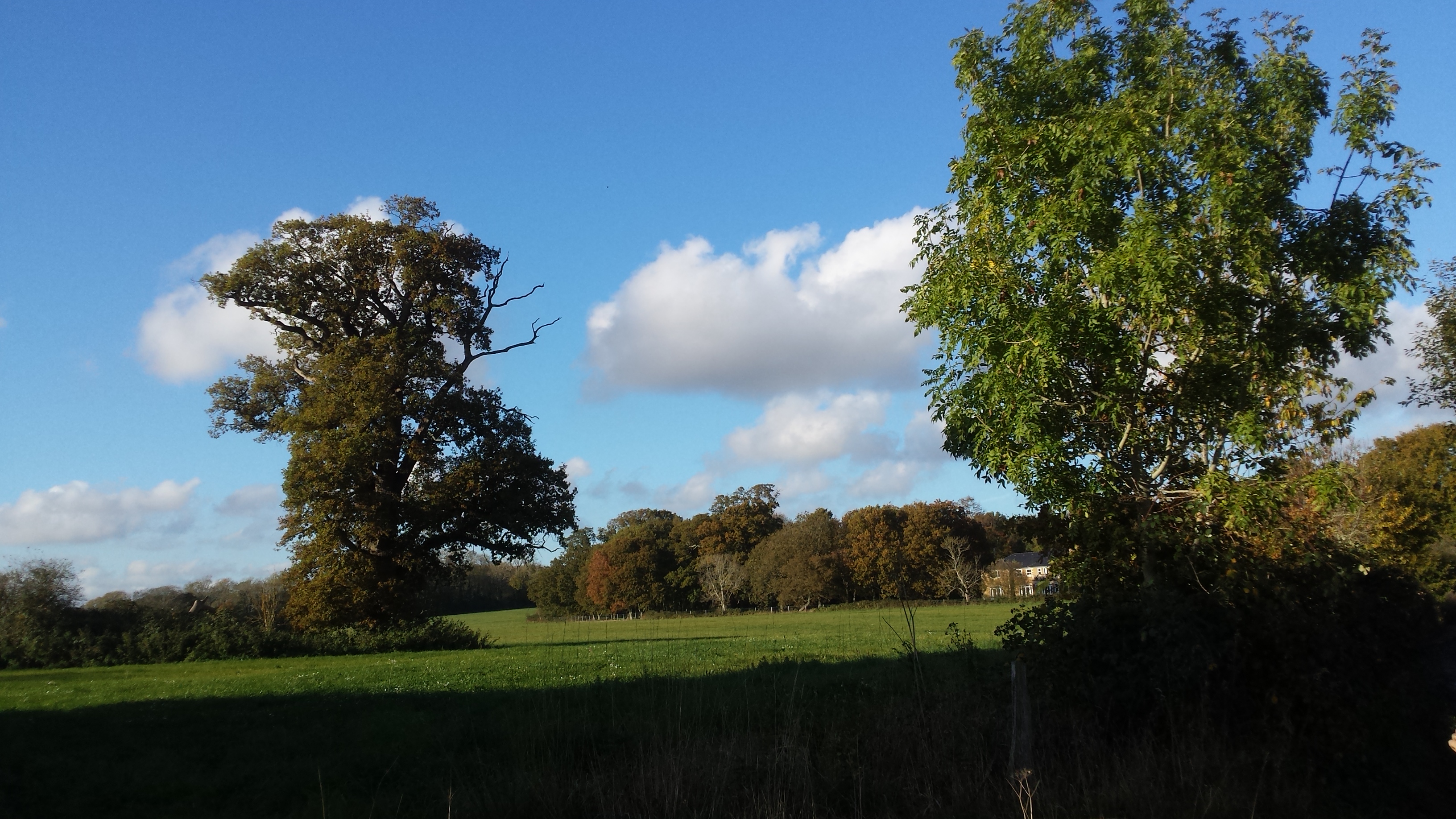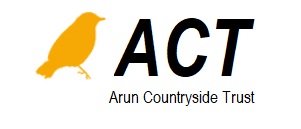A bird's eye view of the Mid Arun Valley will reveal a patchwork of habitats - a mosaic of woodland, arable fields, orchards, grazing marsh, pasture and wetland knitted together with ancient tree lines, hedgerows and ditches and punctuated with a scatter of ponds.
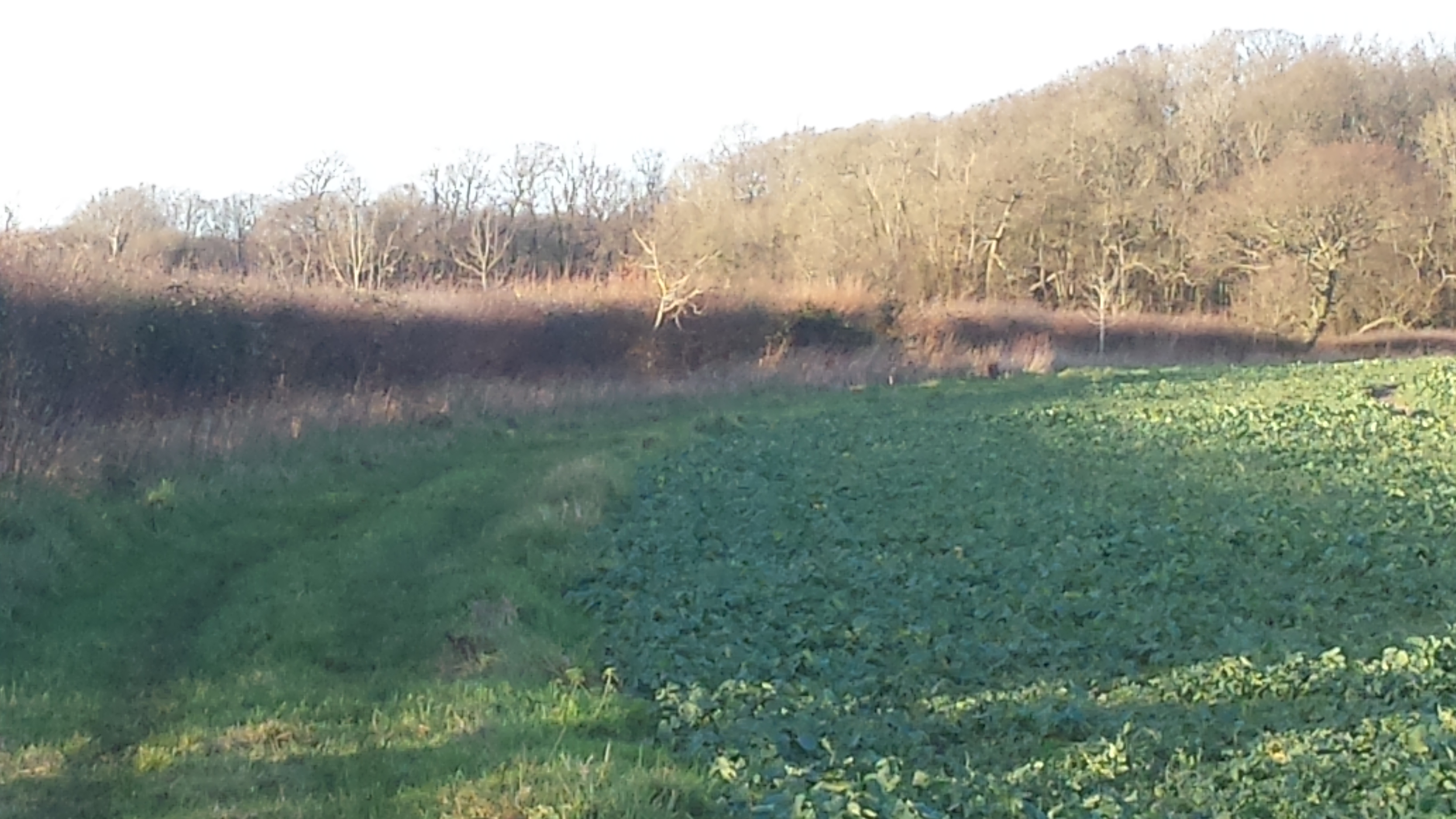 From the perspective of our wildlife, a mosaic of habitats is vital to survival. Most creatures use a number of different habitats and commute across the landscape in much the same way as we commute from home to work to earn a living. Remove this ability and none of us would survive.
From the perspective of our wildlife, a mosaic of habitats is vital to survival. Most creatures use a number of different habitats and commute across the landscape in much the same way as we commute from home to work to earn a living. Remove this ability and none of us would survive.
Springtime saw toads and newts emerge from safe hibernation sites in woodlands, shaws and scrubby tree lines to return to ponds and ditches in order to mate and deposit their eggs in watery habitats. Such hibernation sites also provide winter refuge for lizards, adders and slow worms that then disperse to open habitats across the landscape to feed and breed. Predatory birds such as buzzards and owls nest in trees and buildings near their extensive hunting grounds comprising swathes of landscape. Bumblebees nest in the ground along old banks or around tree roots. At this time of year the workers are busying about fields, wetlands, hedge and ditch banks gathering pollen and nectar to feed the next generation of workers, males and queens.
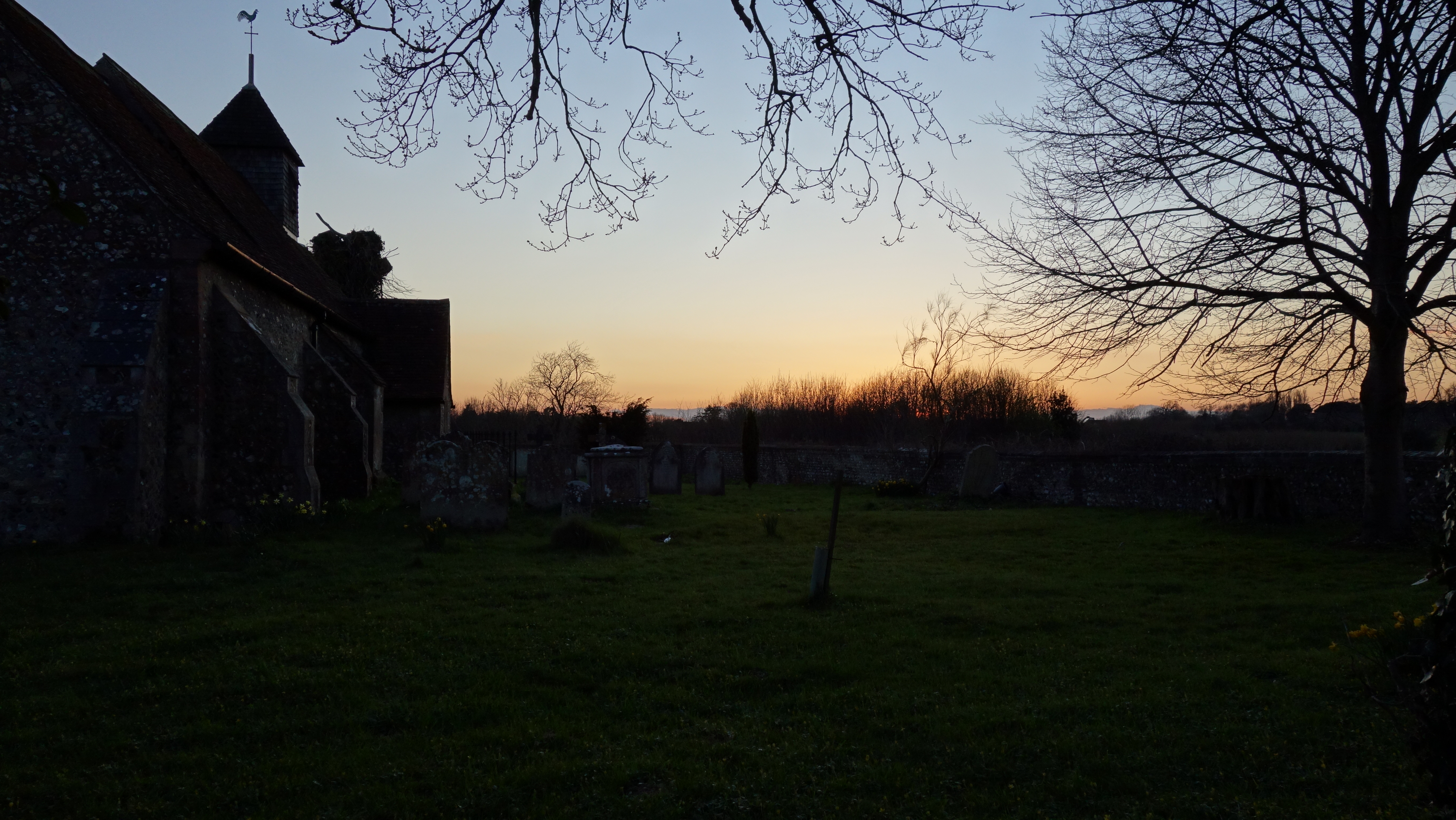 A dusk stroll on a warm summer evening will reveal the agile and darting flight of bats as they scoop up scores of nutritious invertebrates over ponds, wetlands or along sheltered field edges. Many species roost in ancient trees in woodland, beneath bridges or in old buildings and travel in the shadows of hedgerows and tree lines to such foraging grounds. This affords them safety from night-time predators such as owls.
A dusk stroll on a warm summer evening will reveal the agile and darting flight of bats as they scoop up scores of nutritious invertebrates over ponds, wetlands or along sheltered field edges. Many species roost in ancient trees in woodland, beneath bridges or in old buildings and travel in the shadows of hedgerows and tree lines to such foraging grounds. This affords them safety from night-time predators such as owls.
These tree lines and hedgerows are the commuting corridors across the landscape used by many on a diurnal or seasonal basis. Dormice are arboreal creatures and travel through such hedgerows and tree lines to find new pockets of woodland. Hedgehogs snuffle through the safe cover of rough grassland and bracken at the base of the hedgerows, and insects traverse the landscape in the calm air along the leeward side.
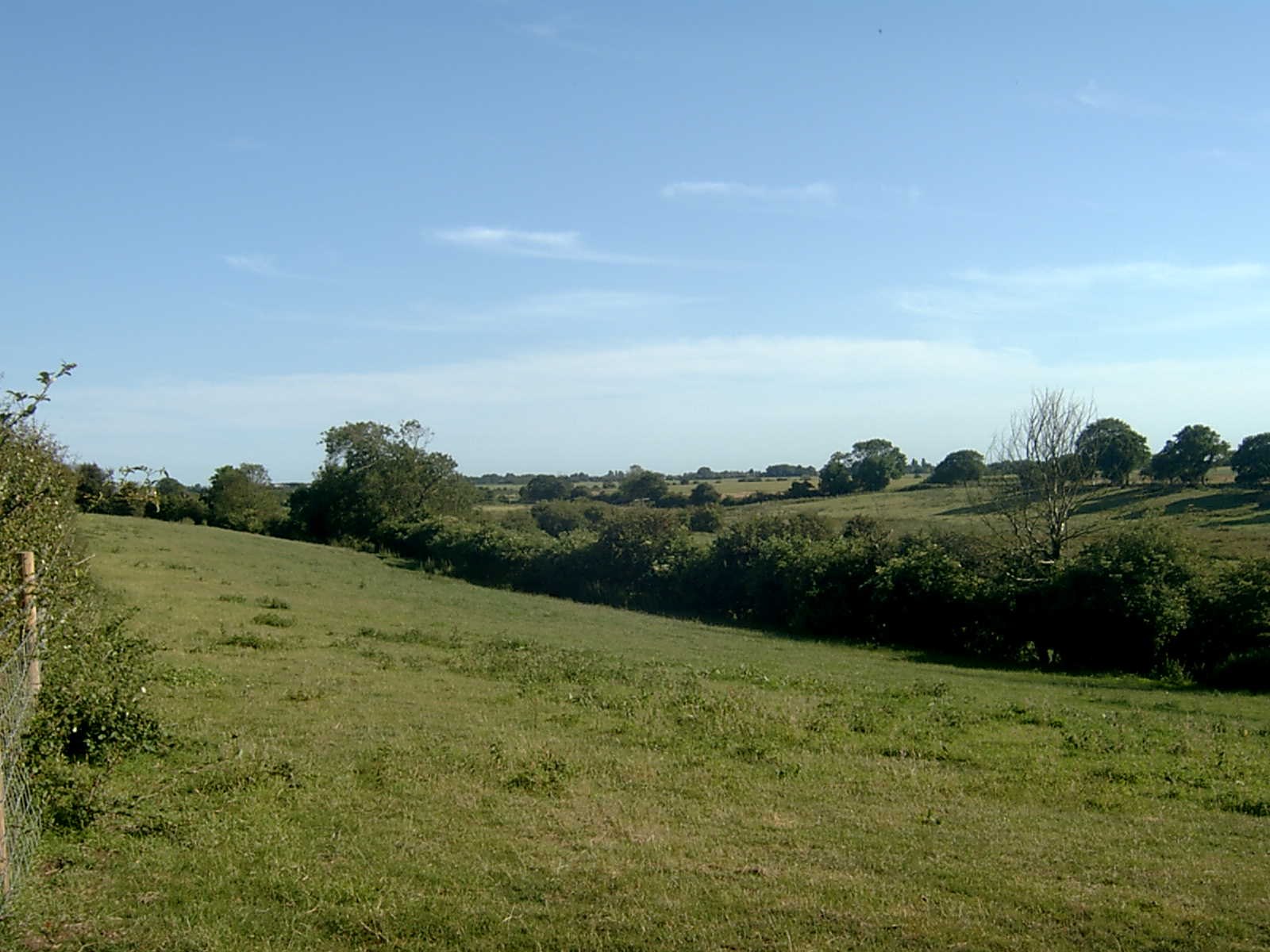
They migrate to rivers and streams to grow and mature and have been found doing exactly that in the ditches and some of the ponds of the Mid Arun Valley. After 5–20 years the eels become sexually mature and begin their long journey back to the Sargasso Sea to spawn.
Without a mosaic of habitats and safe connectivity between these habitats our wildlife would be much impoverished. We are fortunate in the Mid Arun Valley to have such rich and varied land on our doorstep.
